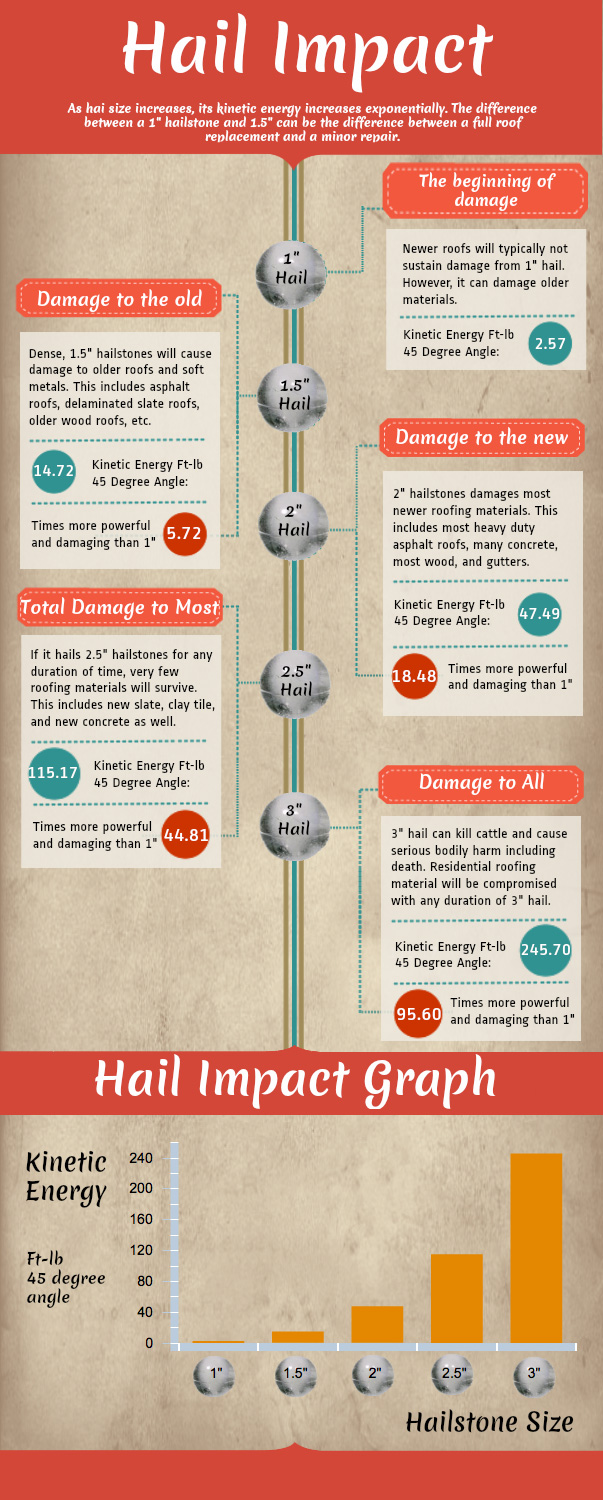Evaluate The Prices And Benefits Related To Solar Installment To Uncover The Monetary Opportunities That Might Be Available To Those Checking Out This Renewable Resource Option
Evaluate The Prices And Benefits Related To Solar Installment To Uncover The Monetary Opportunities That Might Be Available To Those Checking Out This Renewable Resource Option
Blog Article
Material Produce By-Rowe Albertsen
When thinking about the costs of solar installation, you might question the upfront investment needed and whether it lines up with the possible long-lasting benefits. Understanding the intricacies of these expenditures and the different factors affecting the general return can clarify the worth recommendation of transitioning to solar power. By reviewing both the initial arrangement costs and the forecasted savings in time, you can get understanding into whether the financial investment in solar installment holds promise for your economic future.
First Setup Expenses
When thinking about the costs of solar setup, the preliminary setup costs play a critical role in your decision-making process. These ahead of time prices include the rate of solar panels, inverters, installing devices, and installment labor.
The rate of photovoltaic panels can differ depending on the brand name, performance, and dimension you select. Inverters are essential for converting the sunlight's power into functional electricity and can be found in various types such as string inverters, microinverters, and power optimizers, each with its very own price implications.
Mounting tools, such as racks and rails, is needed to firmly set up photovoltaic panels on your roof or home.
The installation labor cost covers the expert installation of the planetary system, guaranteeing that whatever is established appropriately and effectively. Remember that while these first configuration costs may seem high, there are commonly rebates, tax incentives, and funding options readily available to aid counter the expenses and make solar installment more budget-friendly in the long run.
Long-Term Cost Savings Analysis
To recognize the financial benefits of solar setup with time, it's essential to conduct a comprehensive long-term cost savings analysis. While the first setup expenses of solar panels may appear overwhelming, the lasting financial savings can outweigh these prices significantly. By harnessing the power of the sunlight to generate power for your home, you can possibly save thousands of bucks on your energy bills over the lifespan of your planetary system.
One of the key aspects to consider in a long-term savings evaluation is the decrease in your electrical power costs. With solar panels, you can create your electrical power, decreasing or even removing your dependence on the grid. This can bring about substantial savings, particularly as utility rates continue to climb.
Additionally, several federal governments provide motivations such as tax obligation debts and discounts for installing photovoltaic panels, better improving your long-term cost savings. By taking advantage of these rewards and optimizing your solar power manufacturing, you can delight in substantial monetary benefits for many years to find.
Return on Investment Computation
Taking into consideration the economic advantages of solar installment, it's time to evaluate the Roi (ROI) estimation. Determining the ROI includes comparing the overall costs of installing a planetary system with the monetary benefits it produces over its lifespan.
To calculate ROI, separate the net profit from the system by the total financial investment expense and multiply by 100 to get a portion. The ROI formula is: (Internet Profit/ Overall Investment Expense) x 100.
For read page , if the complete expense of setting up a solar system is $20,000, and over its lifespan, it creates cost savings and profits totaling $30,000, the web earnings would certainly be $10,000. Separating this by the total financial investment expense of $20,000 provides a ratio of 0.5. Multiplying solar installation costs by 100 provides an ROI of 50%.
Usually, a higher ROI shows a much more monetarily fulfilling investment. Elements like federal government incentives, upkeep prices, and power cost changes can influence the ROI of solar installments. Recognizing the ROI aids in examining whether buying solar power is worth it in the future.
Conclusion
In conclusion, recognizing the prices of solar installment is important for identifying if it is worth the financial investment. By taking into consideration first configuration expenditures, conducting a long-term cost savings analysis, and computing the roi, you can make an informed decision concerning the financial worth of solar energy. With the capacity for reduced energy bills and enhanced power freedom, buying solar setup can be a smart choice for both your pocketbook and the setting.
